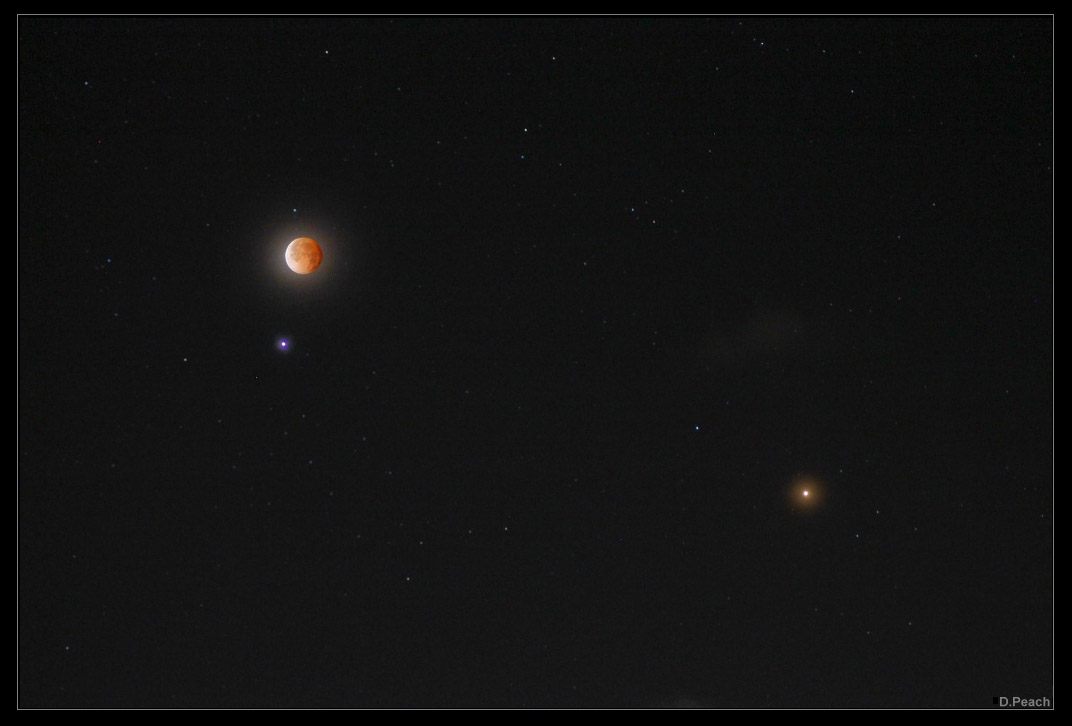Difference between revisions of "April 16, 2014"
| (3 intermediate revisions by the same user not shown) | |||
| Line 1: | Line 1: | ||
__NOTOC__ | __NOTOC__ | ||
=Not a Blood Moon= | =Not a Blood Moon= | ||
| + | <!-- Start of content --> | ||
<!-- ws:start:WikiTextHeadingRule:0:<h1> --> | <!-- ws:start:WikiTextHeadingRule:0:<h1> --> | ||
<!-- ws:start:WikiTextLocalImageRule:6:<img src="/file/view/LPOD-Apr16-14.jpg/502735394/LPOD-Apr16-14.jpg" alt="" title="" /> -->[[File:LPOD-Apr16-14.jpg|LPOD-Apr16-14.jpg]]<!-- ws:end:WikiTextLocalImageRule:6 --><br /> | <!-- ws:start:WikiTextLocalImageRule:6:<img src="/file/view/LPOD-Apr16-14.jpg/502735394/LPOD-Apr16-14.jpg" alt="" title="" /> -->[[File:LPOD-Apr16-14.jpg|LPOD-Apr16-14.jpg]]<!-- ws:end:WikiTextLocalImageRule:6 --><br /> | ||
| − | <em>image by [mailto:dpeach_78@yahoo.co.uk | + | <em>image by [mailto:dpeach_78@yahoo.co.uk Damian Peach], Barbados</em><br /> |
<br /> | <br /> | ||
| − | This eclipse received tremendous pre-event publicity, probably because it was flamboyantly labelled as a <em>blood Moon.</em> I don't know when this term became widely used for eclipses where the entire Moon passes through the umbra, the darkest part of the Earth's shadow, but [http://eclipse.gsfc.nasa.gov/OH/OH2014.html#tetrads | + | This eclipse received tremendous pre-event publicity, probably because it was flamboyantly labelled as a <em>blood Moon.</em> I don't know when this term became widely used for eclipses where the entire Moon passes through the umbra, the darkest part of the Earth's shadow, but [http://eclipse.gsfc.nasa.gov/OH/OH2014.html#tetrads 29%] of all eclipses are like this, a total eclipse of the Moon. Total eclipses vary in their darkness and hue, and Ed Krupp, the director of the LA's Griffith Observatory, [http://www.cnn.com/2014/04/15/tech/innovation/blood-moon/ said] this one was copper red, as is typical of total lunar eclipses. Damian's image captures the eyeball view of the nearly fully eclipsed Moon near bluish Spica and red Mars and also all the fainter stars usually not visible during full Moon. <br /> |
<br /> | <br /> | ||
| − | <em>[mailto:tychocrater@yahoo.com | + | <em>[mailto:tychocrater@yahoo.com Chuck Wood]</em><br /> |
Thanks to Maurice Collins for keeping LPOD going while I was in Italy!<br /> | Thanks to Maurice Collins for keeping LPOD going while I was in Italy!<br /> | ||
<br /> | <br /> | ||
<strong>Related Links</strong><br /> | <strong>Related Links</strong><br /> | ||
| − | Damian's [http://www.damianpeach.com/ | + | Damian's [http://www.damianpeach.com/ website], and [http://www.facebook.com/peachastro Facebook page]<br /> |
<br /> | <br /> | ||
| + | <p><b>Yesterday's LPOD:</b> [[April 15, 2014|Shades of Minerals]] </p> | ||
| + | <p><b>Tomorrow's LPOD:</b> [[April 17, 2014|How Dark Was the Eclipse?]] </p> | ||
<hr /> | <hr /> | ||
| + | {{wiki/ArticleFooter}} | ||
Latest revision as of 17:08, 8 February 2015
Not a Blood Moon

image by Damian Peach, Barbados
This eclipse received tremendous pre-event publicity, probably because it was flamboyantly labelled as a blood Moon. I don't know when this term became widely used for eclipses where the entire Moon passes through the umbra, the darkest part of the Earth's shadow, but 29% of all eclipses are like this, a total eclipse of the Moon. Total eclipses vary in their darkness and hue, and Ed Krupp, the director of the LA's Griffith Observatory, said this one was copper red, as is typical of total lunar eclipses. Damian's image captures the eyeball view of the nearly fully eclipsed Moon near bluish Spica and red Mars and also all the fainter stars usually not visible during full Moon.
Chuck Wood
Thanks to Maurice Collins for keeping LPOD going while I was in Italy!
Related Links
Damian's website, and Facebook page
Yesterday's LPOD: Shades of Minerals
Tomorrow's LPOD: How Dark Was the Eclipse?
COMMENTS?
Register, Log in, and join in the comments.



